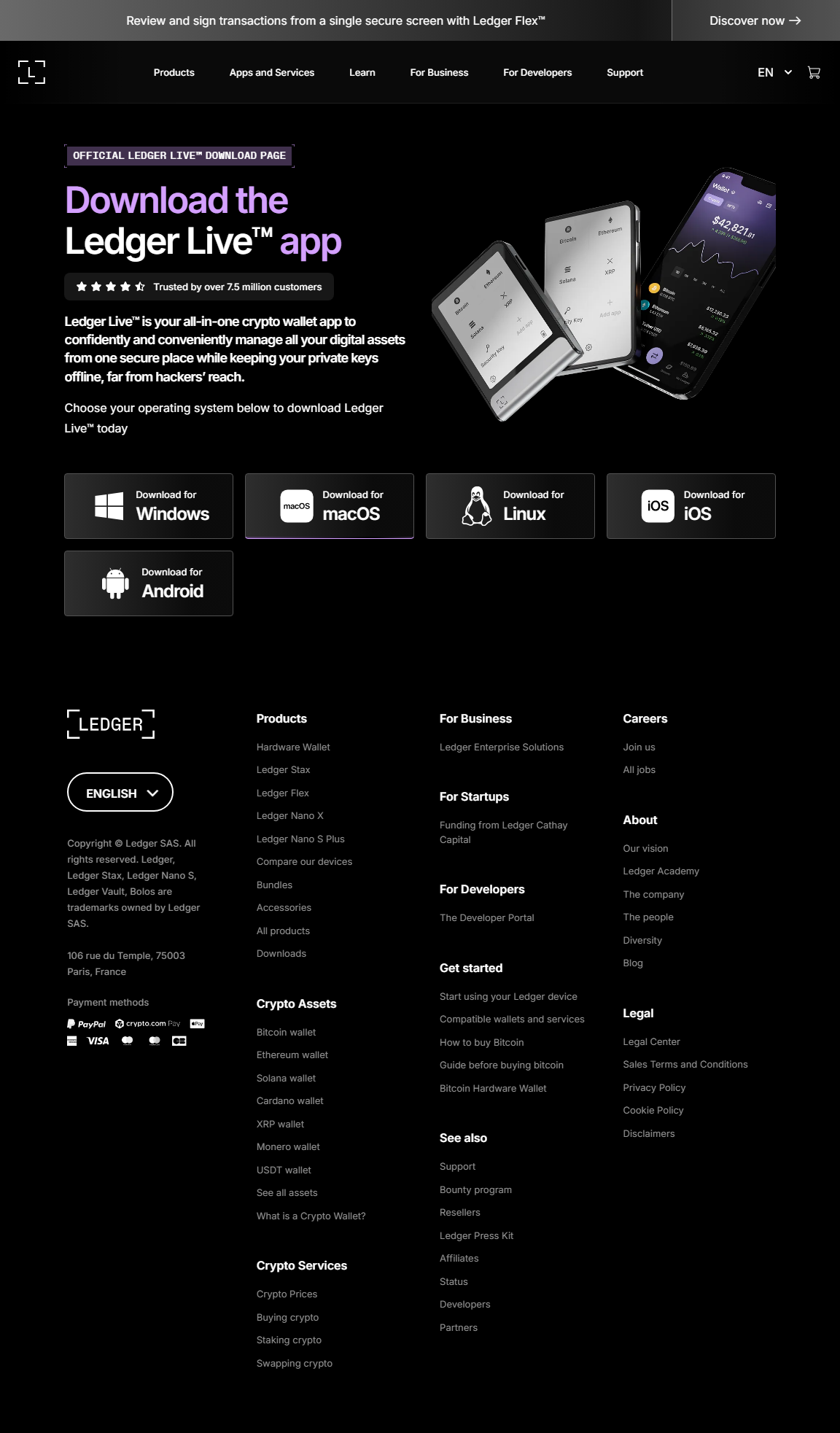
Ledger Login – Accessing Your Ledger Account Securely
Ledger Login refers to the process of accessing your Ledger account or Ledger Live interface, the official software application for managing cryptocurrencies with Ledger hardware wallets. Unlike traditional online accounts, Ledger emphasizes security by ensuring that all sensitive data, including private keys, stays on the hardware wallet. Understanding how Ledger Login works is essential for managing cryptocurrencies safely.
What Is Ledger Login?
Ledger Login is not a typical username-password system. Instead, it involves securely connecting your Ledger hardware wallet to Ledger Live, where authentication is done via your device’s PIN. Ledger Login allows you to:
Access your cryptocurrency accounts
View balances and transaction history
Send, receive, buy, or swap cryptocurrencies
Manage multiple accounts and cryptocurrencies securely
The login process ensures that only someone with physical access to the Ledger device can access the account, providing a high level of protection against hacking and unauthorized access.
How Ledger Login Works
Ledger Login uses a combination of Ledger Live software and a hardware wallet to authenticate users. Here’s the general process:
Connect Your Ledger Device
Plug your Ledger hardware wallet (Nano S or Nano X) into your computer or smartphone using USB or Bluetooth.Open Ledger Live
Launch the Ledger Live application on your desktop or mobile device. The app automatically detects your connected device.Enter PIN on Device
To authenticate access, you must enter your personal PIN directly on the Ledger device. This ensures that your keys remain secure and are never exposed to your computer or mobile device.Access Your Account
After successful authentication, Ledger Live displays your portfolio dashboard, showing all accounts, balances, and recent transactions.Transaction Approval
Any transaction, including sending or swapping cryptocurrencies, must be confirmed physically on the Ledger device, adding an extra layer of security.
Key Features of Ledger Login
Hardware-Based Authentication: Only someone with the physical Ledger device can log in.
PIN Protection: Prevents unauthorized access to your funds.
Multi-Account Access: Manage multiple cryptocurrency accounts under one device.
Secure Dashboard: Monitor balances, portfolio performance, and transaction history safely.
Cross-Platform Support: Access Ledger Live on Windows, macOS, Linux, iOS, and Android.
Security Benefits
Ledger Login ensures that sensitive information is never stored online or exposed to malware:
Private Keys Remain Offline: All critical data stays on the Ledger device.
Two-Layer Protection: PIN plus physical device confirmation.
Recovery Seed Backup: You can restore your wallet if the device is lost or damaged.
Verified Firmware Updates: Ensures device software is authentic and secure.
Troubleshooting Ledger Login Issues
Device Not Detected: Check USB cable, port, or Bluetooth connection.
Incorrect PIN Entry: Multiple wrong attempts will temporarily lock the device for security.
Ledger Live Not Opening: Reinstall the application or restart your device.
Missing Accounts or Balances: Refresh Ledger Live or re-add your cryptocurrency accounts.
Best Practices for Ledger Login
Always download Ledger Live from the official Ledger website.
Keep your hardware device and Ledger Live software up to date.
Never share your PIN or recovery seed with anyone.
Approve all transactions on the hardware device.
Avoid logging in from public or unsecured networks.
Conclusion
Ledger Login is a secure method of accessing and managing your cryptocurrency assets. Unlike conventional online logins, it relies on the physical hardware device and PIN authentication, keeping private keys offline and protected. By combining Ledger Live with Ledger hardware wallets, users can safely monitor their portfolios, execute transactions, and maintain full control over their digital assets.